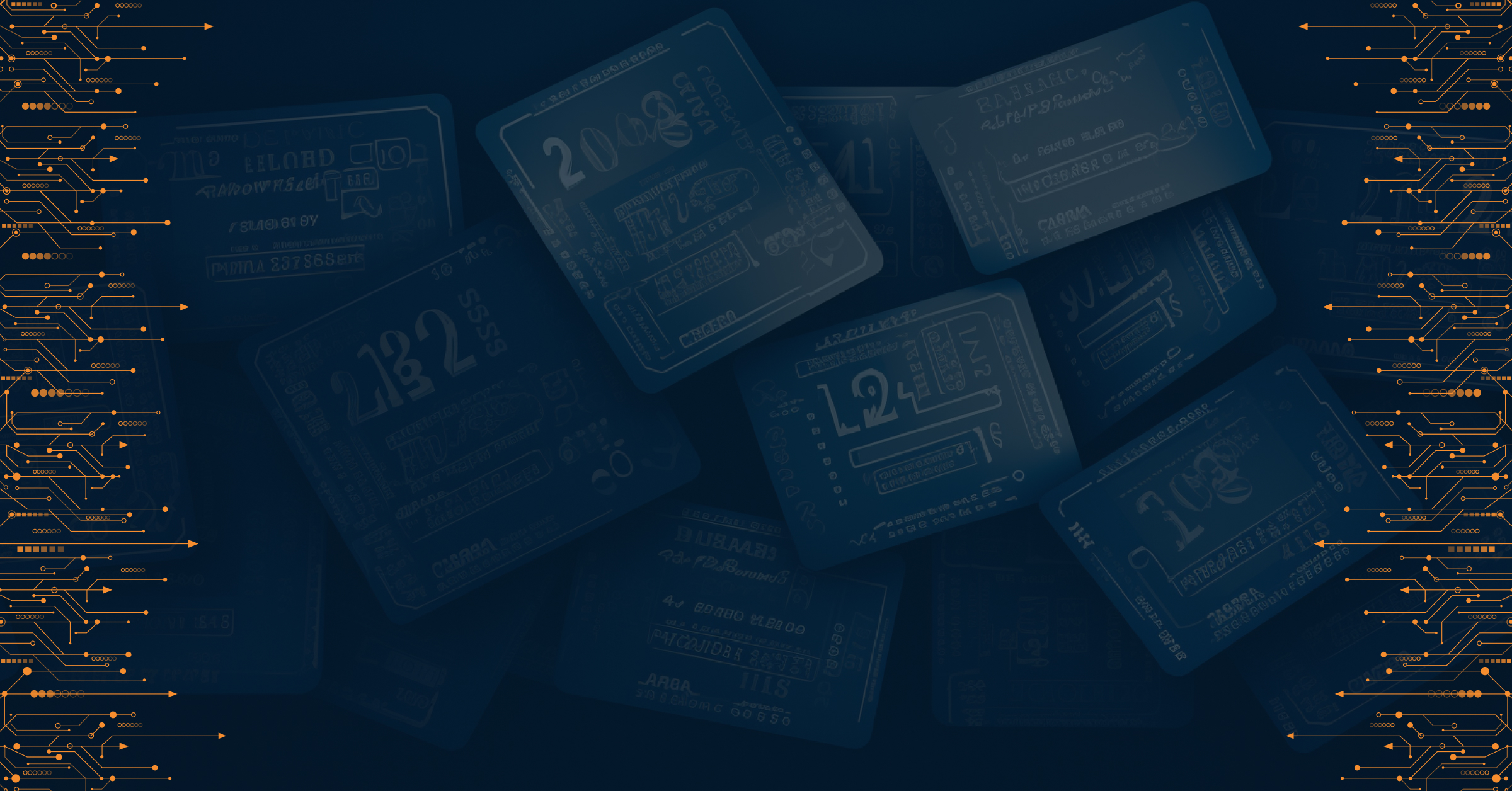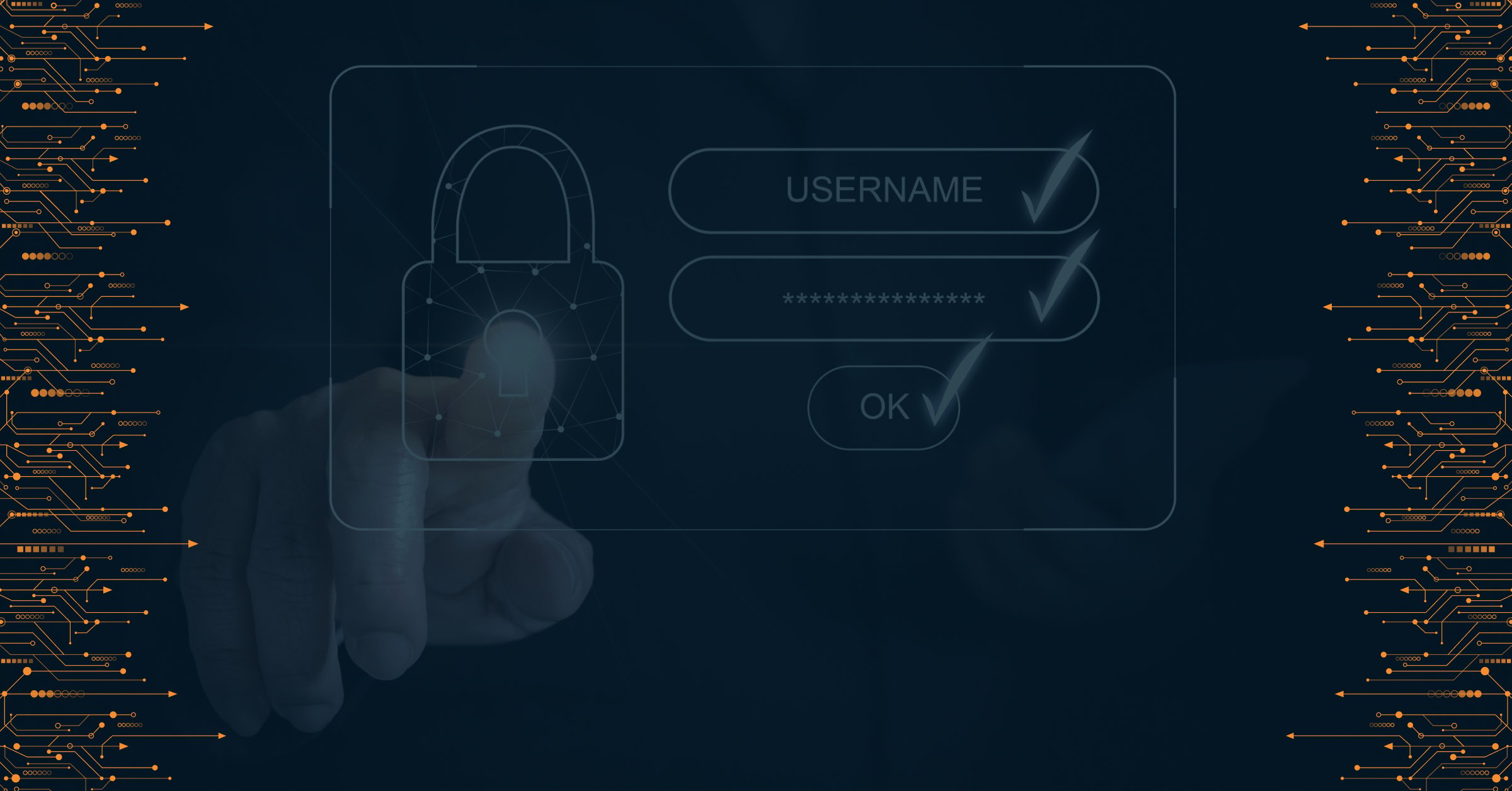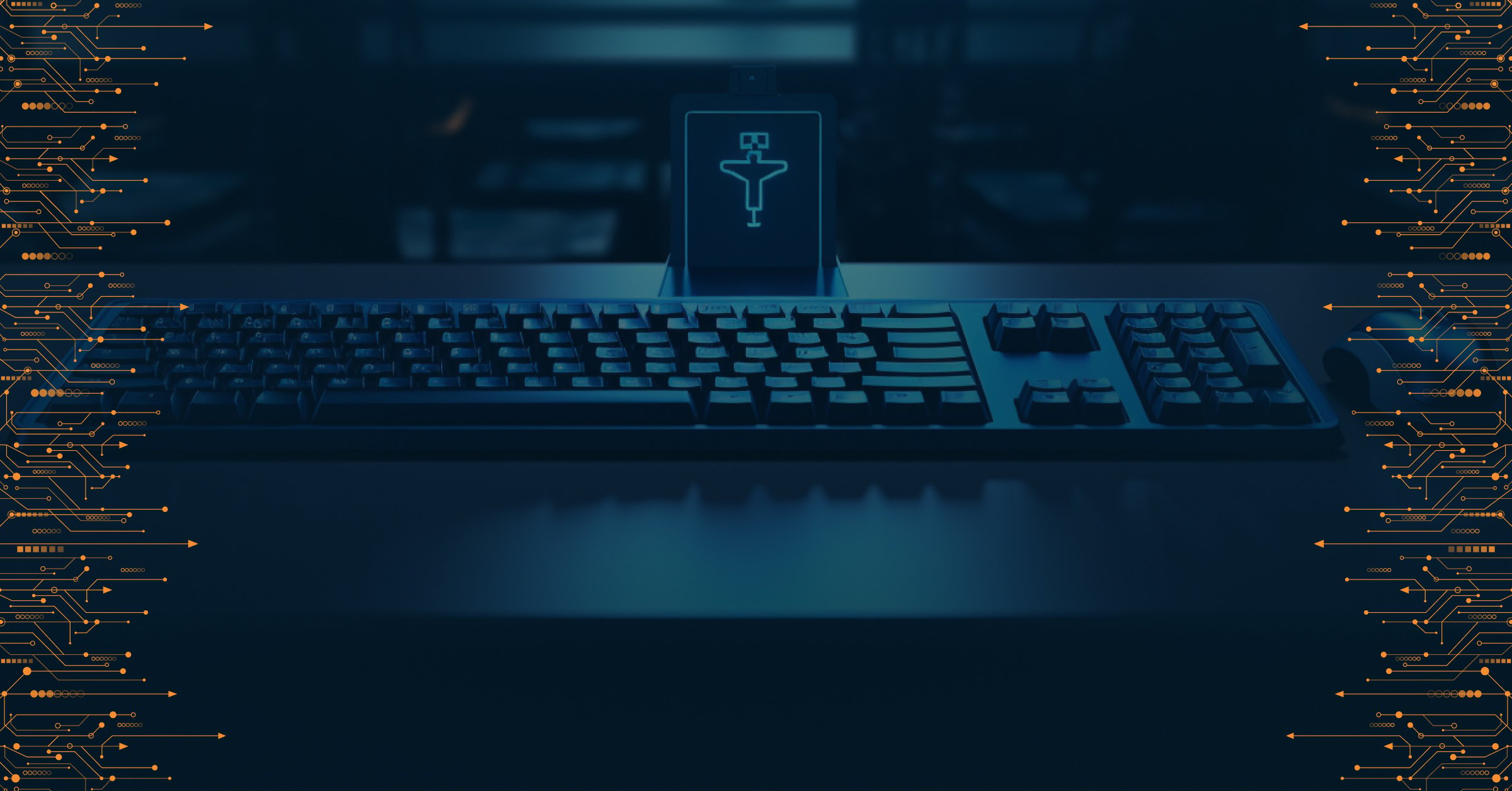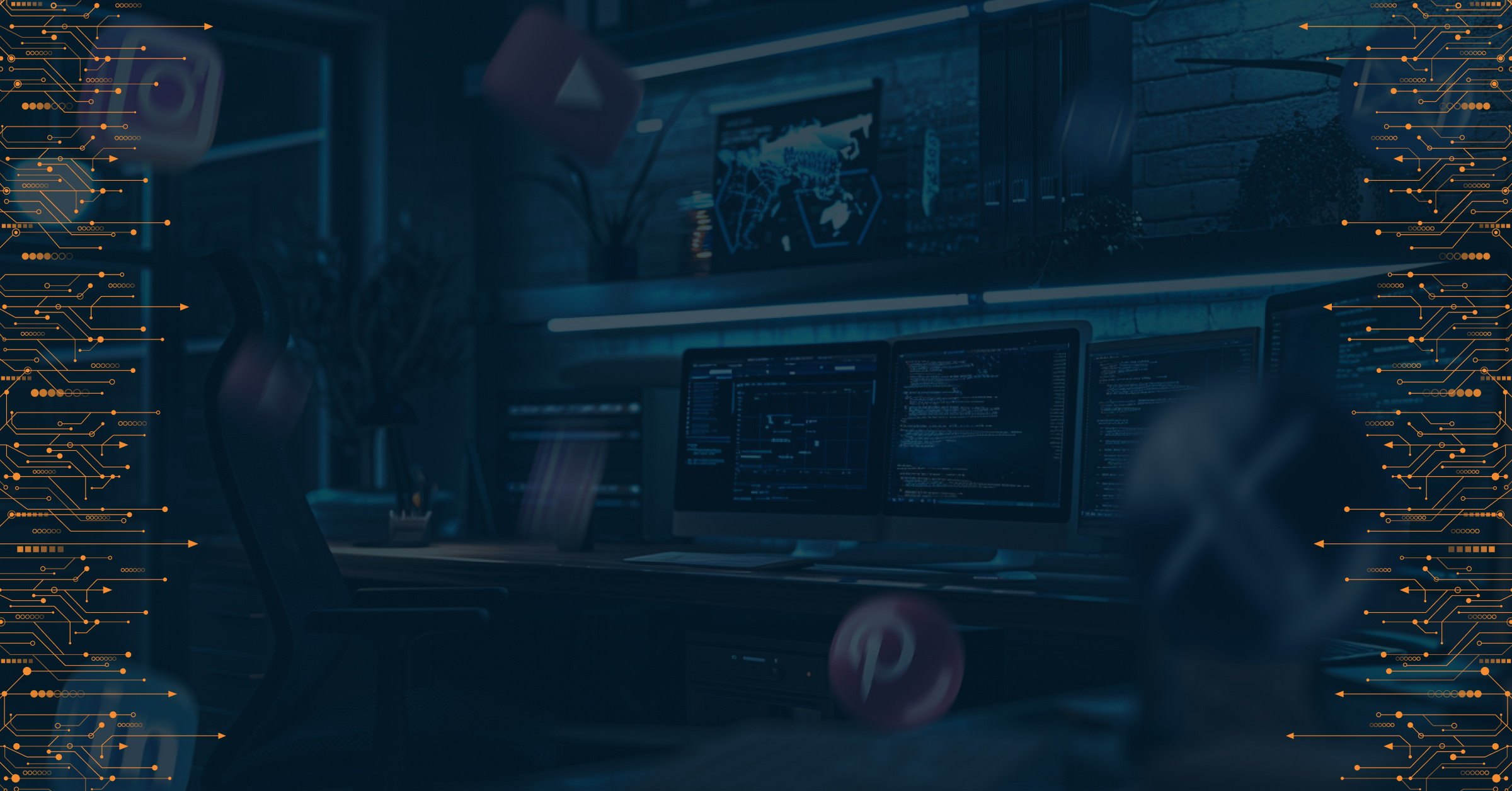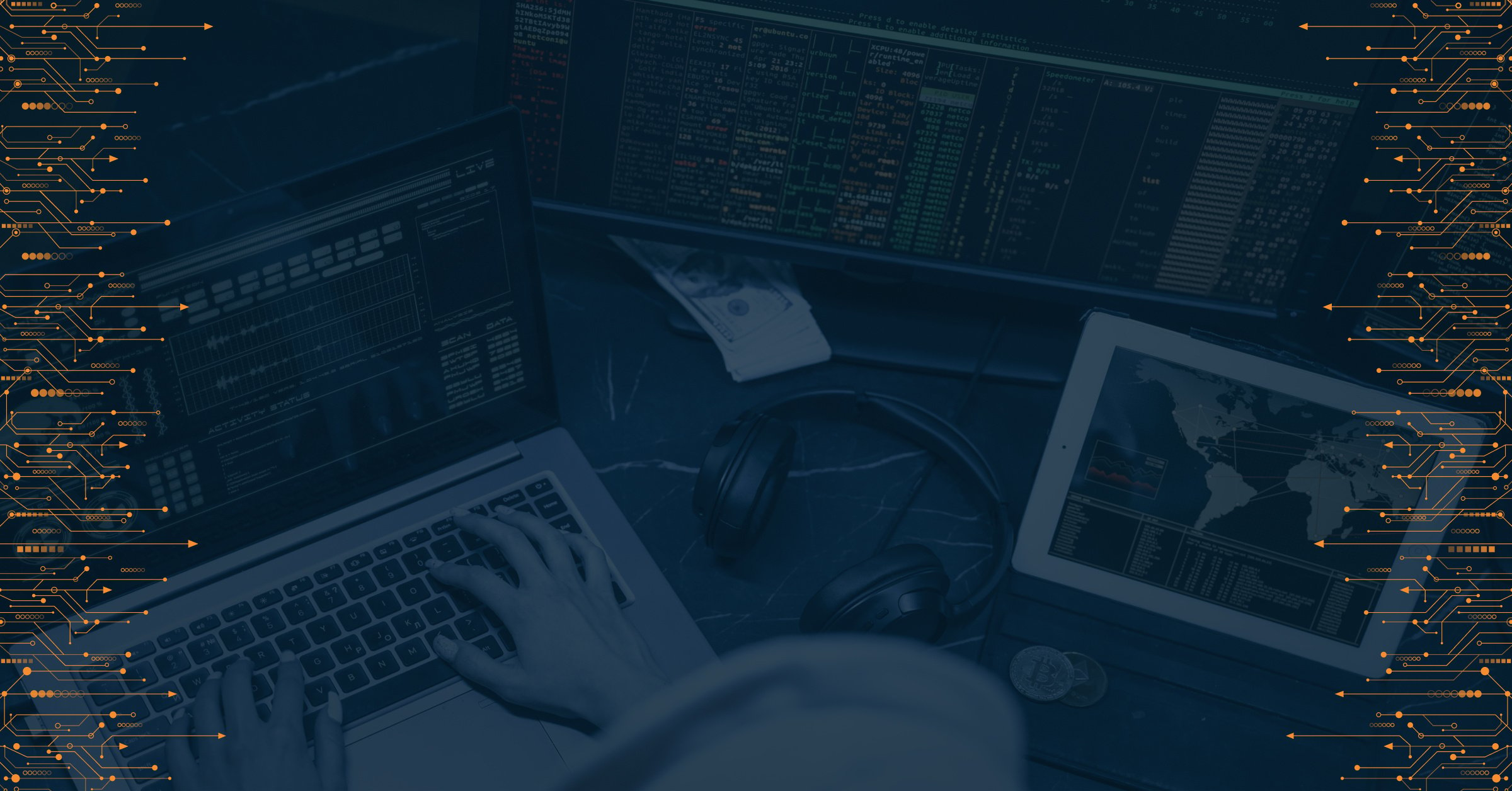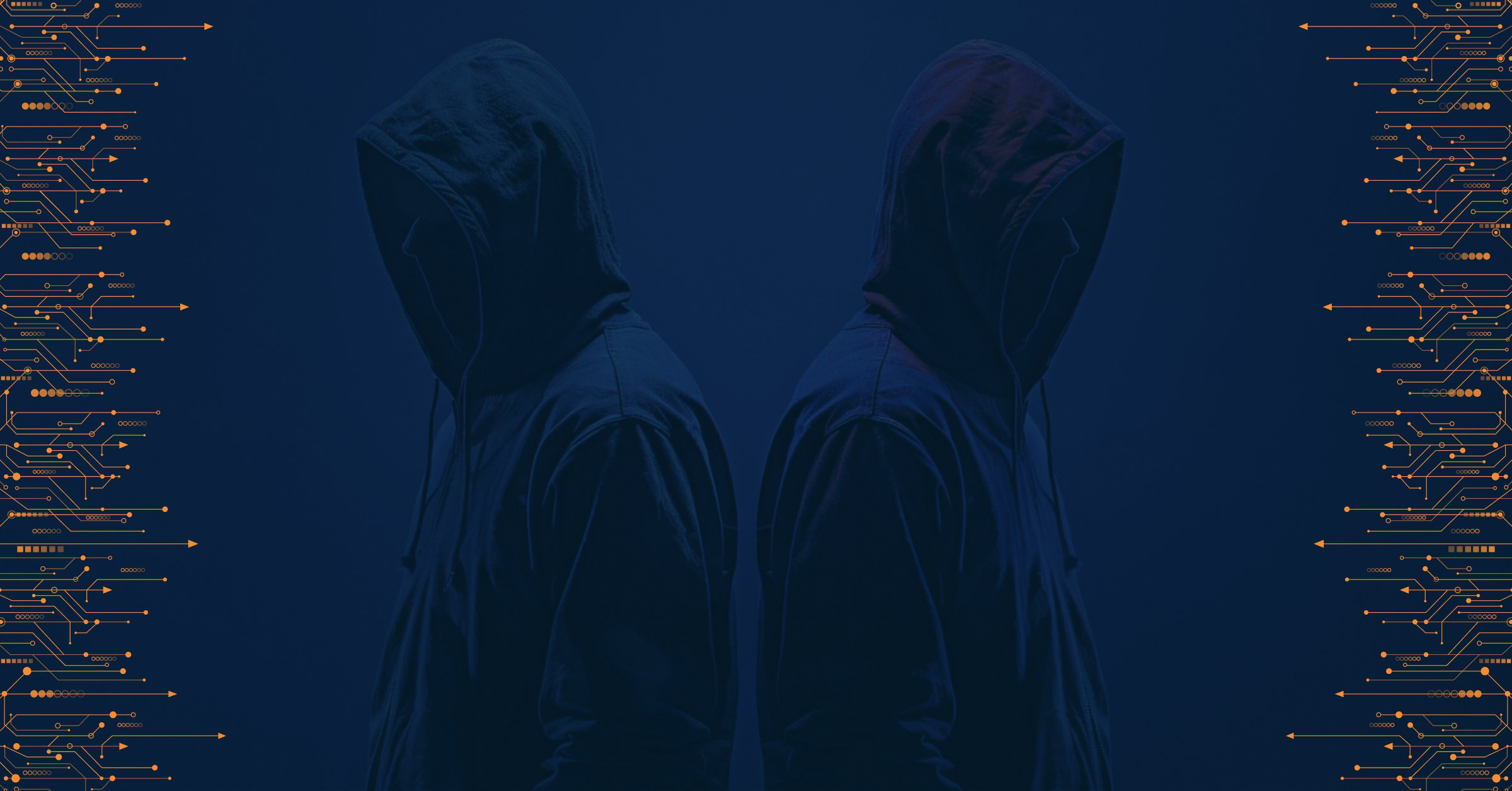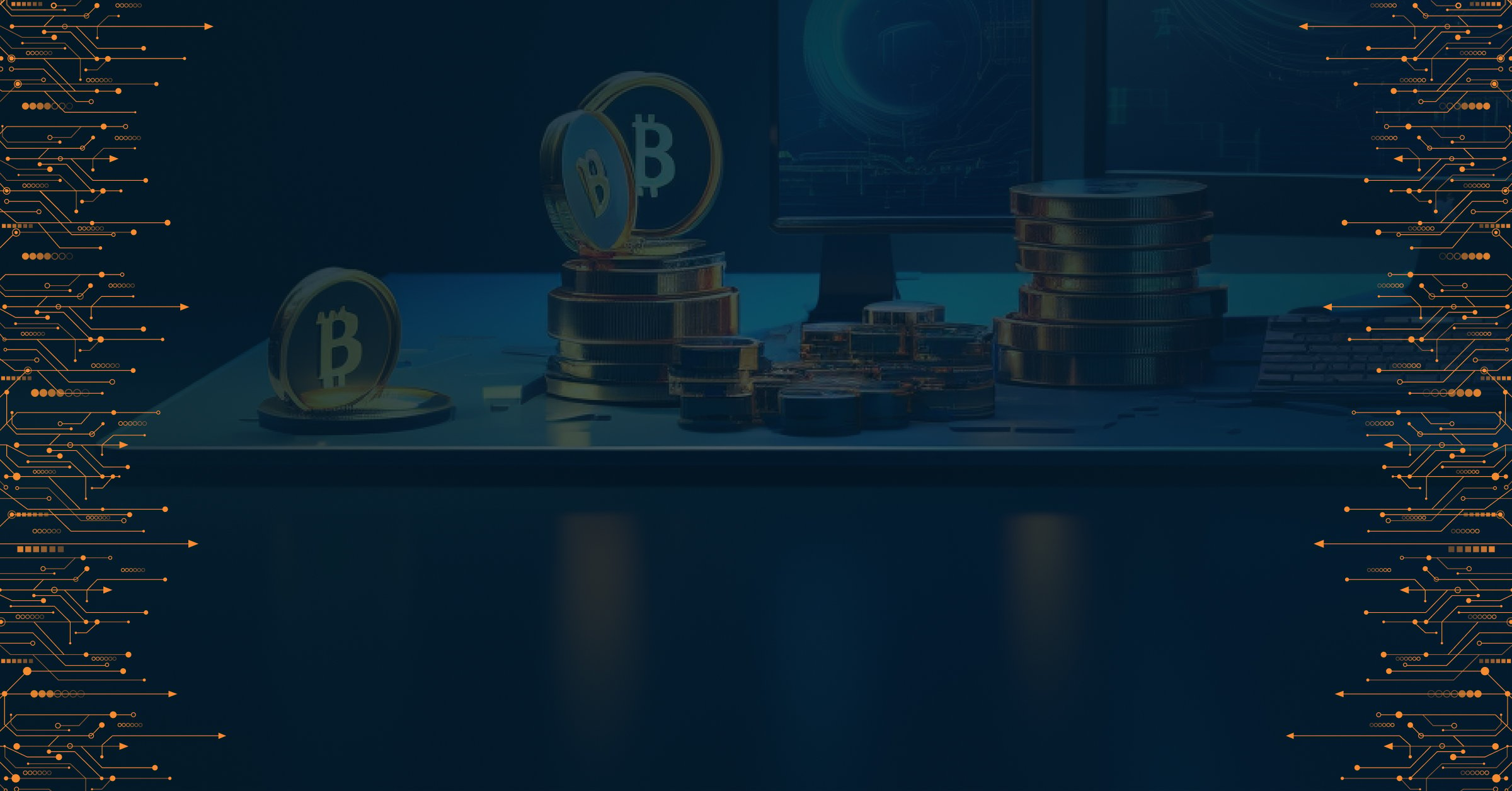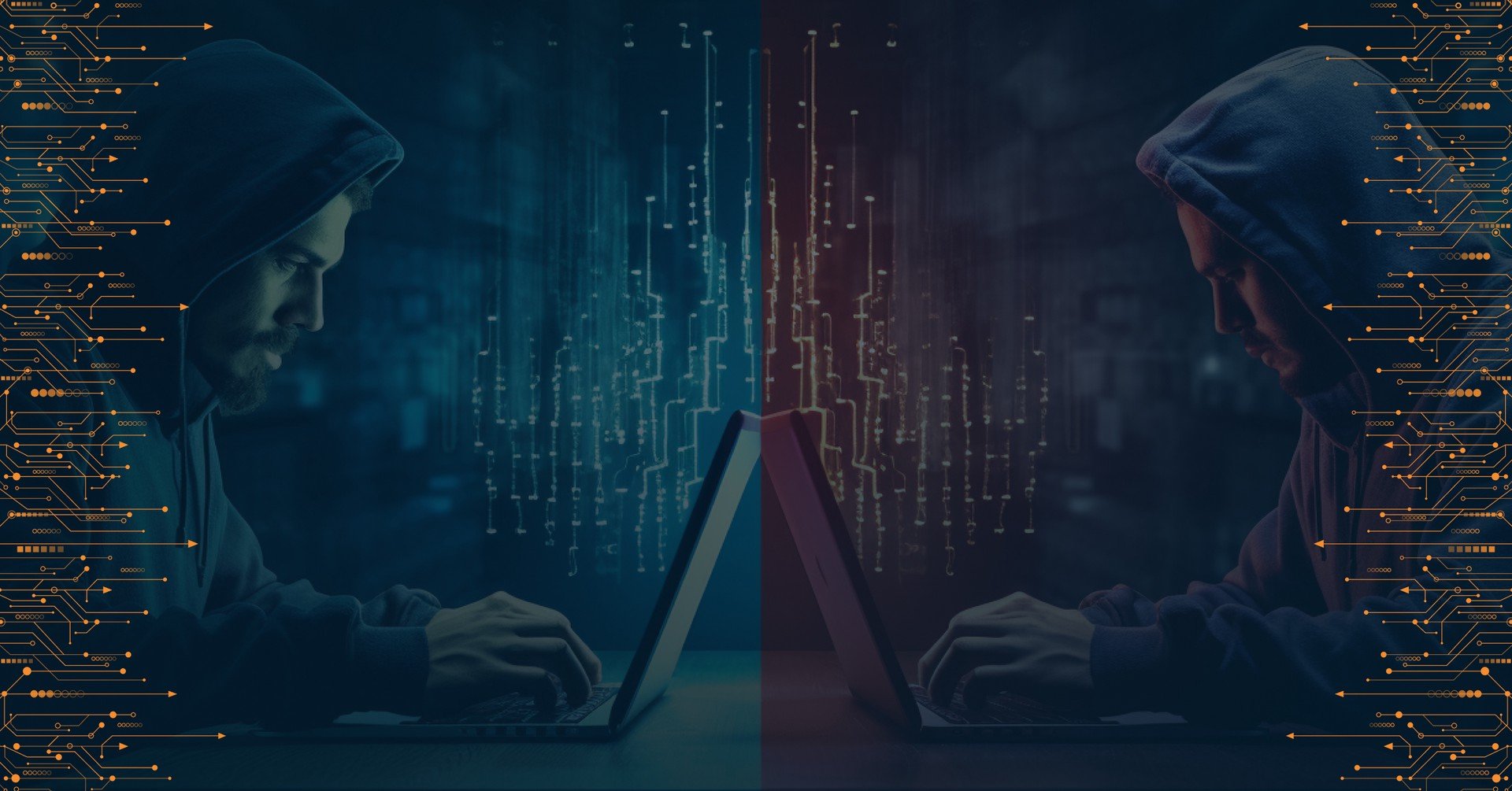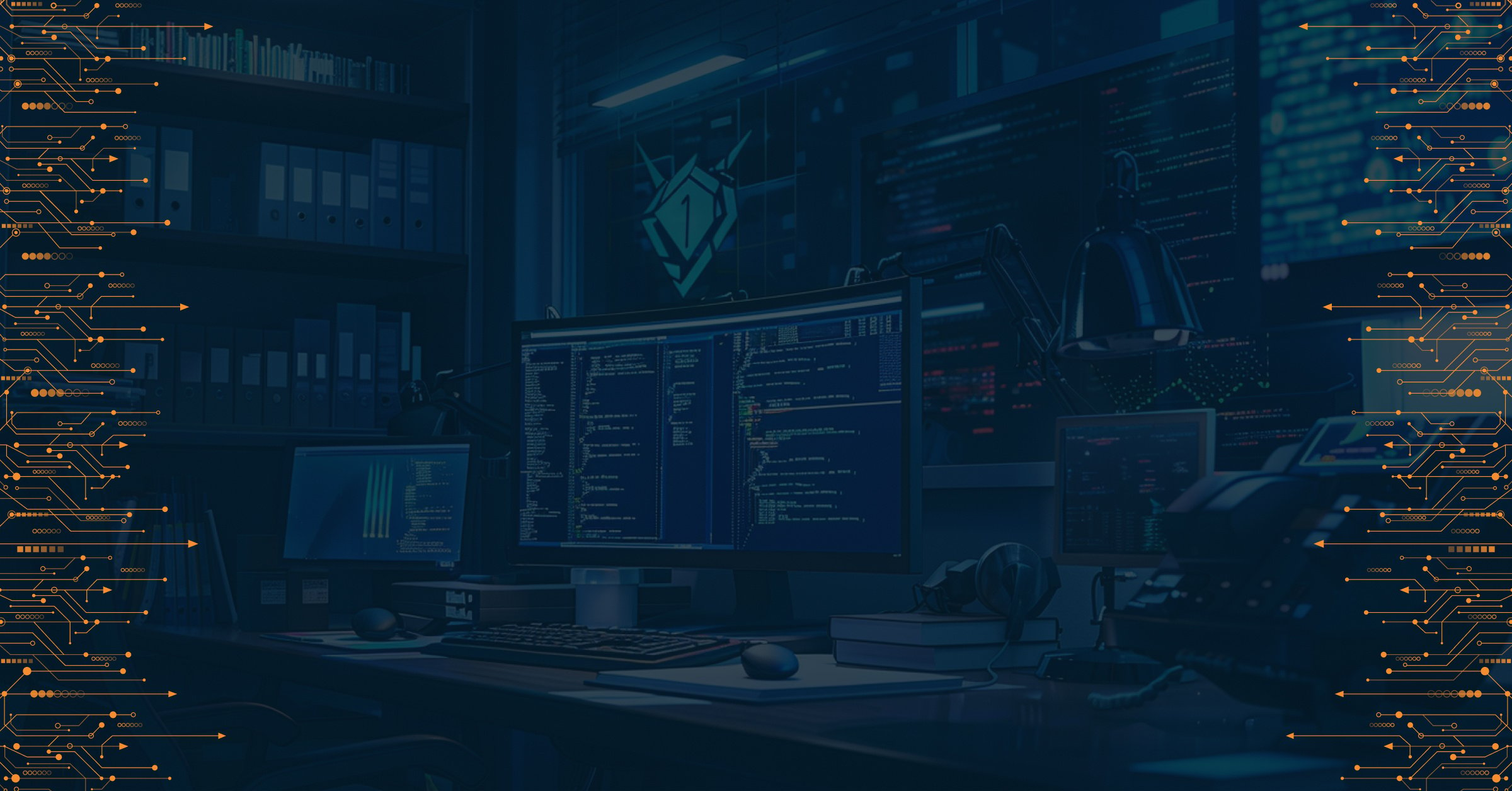Advancements in technology proved increasingly beneficial to small businesses worldwide, but they had some unpleasant consequences as well. Hackers today have become more sophisticated and some 35% of cyberattacks employ previously unseen methods. However, one cyber threat menacingly remains a major threat for companies operating online, i.e., ransomware.
It harms both individuals and companies alike, locking their sensitive, irreplaceable information behind a wall of encryption. So, how to protect yourself from this alarming threat?
In this blog, we will briefly touch on the historic evolution of ransomware and explore a few reasons why it’s one of the most persistent threats for online businesses worldwide in 2024.
Evolution of Ransomware
The history of ransomware goes as far back as the history of computer viruses. The first recorded instance of a ransomware attack happened in 1989 and, since then, many unsuspecting individuals have become victims of this malware. Cyber marauders exploit hidden vulnerabilities in software to access the victim’s data, holding this information for ransom with an encryption key.
Unfortunately for internet users around the globe, ransomware has evolved from a virus that encrypted file names on C Drive to a method used by organized crime syndicates to extort money from some of the largest companies in the world. While many cyber threats come and go, ransomware keeps resisting all efforts by cybersecurity experts to manage this APT.
Common Ransomware Strategies
In general, ransomware is malware that could block the victim’s access to critical data unless a certain sum of money is paid to the hacker. However, ransomware groups today are using advanced strategies like:
- Double extortion: Instead of merely encrypting the victim’s data, hackers would exfiltrate it all and threaten to publicly release this information if they’re not paid their due.
- Triple extortion: Hackers would threaten the organizations belonging to the victim and even target their relatives to increase the likelihood of payment. Additionally, instead of destroying the compromised data after the ransom is paid, they would sell it to another threat actor or publish it on underground forums to be exploited again by other parties.
These reasons are enough to prove why ransomware remains one of the most terrifying APTs (advanced persistent threats) for business organizations in 2024. But why ransomware is such an insurmountable challenge for companies? We’ll discuss it in this article but, first, let’s briefly review some major actors in the world of ransomware.
Notorious Ransomware Groups
It’s important to learn about some of the most ill-famous gangs employing ransomware techniques to extract payments from individuals, companies, and sometimes even entire governments. Even though fresh hacker groups keep emerging with time and half of the ransomware groups in 2023 were new, a few old groups still threaten the security of many European companies, namely:
- FIN7: This Russian-origin APT group employs double-extortion methods and typically targets the U.S. hospitality sector. It also goes by alternative names, such as Sangria Tempest.
- Wizard Spider: This group has been active since ’16. It actively targets European businesses using post-exploitation cracking solutions, psychological tactics and social engineering techniques.
- Conti: This ruthless group has been targeting hospitals and ER providers since 2022 via double-extortion methods. There is a $10 million reward on Conti by the U.S. government.
- LockBit: This organization achieved notoriety back in 2023 for targeting high-profile companies, such as Boeing. LockBit’s RaaS model employs affiliates to conduct ransomware attacks. The group was the subject of a law enforcement operation dubbed "Operation Cronos" aiming to disrupt its workings early this year.
- FluBot: This Android malware has proven to be quite durable, spreading quickly in countries like Spain. It can steal passwords, banking details, and other data from a victim’s phone.
Whether you work in the field of cybersecurity or own an up-and-coming business, be wary of all major ransomware groups. Your lack of information would only embolden cybercriminals. Now, let’s move on to discussing how ransomware attacks can put small-timers out of business.
What Makes Ransomware A Major Threat?
The Menace of Ransomware
Ransomware poses a huge threat to companies all over Europe and America. Major corporations and small businesses, all are threatened by the rising tide of malware and ever-evolving hacking methods. It would suffice to share just a few statistics to explain what makes ransomware a force to reckon with in the current cyber threat landscape:
- Small businesses (with 51 to 200 employees) are the most common victims of ransomware attacks. (Source)
- In 2021, more than two-thirds of businesses worldwide reported ransomware attacks. (Source)
- Around 60% of companies collapse 6 months after a single data breach. (Source)
What Empowers Ransomware Groups?
In light of these statistics, it’s not surprising that Lindy Cameron, the head of the UK’s NCSC, describes ransomware as “the biggest global cyber threat” facing the civilized world. But what fuels this threat in 2024? Some factors that are responsible for the monster called ransomware are the following:
- These hackers are just as organized as any other group of software developers, or your typical corporate.
- They keep improving, modifying their strategies, and adapting to the latest security measures.
- Phishing emails and remote desktop protocols have made some organizations more prone to ransomware attacks.
- In some cases, weak firewalls and outdated systems serve as a gateway for hackers looking to exploit such vulnerabilities.
- Ransomware attacks remain underreported as small businesses often fail to disclose them. This makes it difficult for experts to study cybersecurity trends and find ways to outsmart hackers.
Tips to Keep Your Data Safe?
In the end, what would it take to defend oneself against APTs like ransomware? Interestingly, almost 9 out of 10 data breaches are caused by human error, lack of proactive measures, and carelessness. So, all you need to do to safeguard your important data from ransomware groups is to practice good IT hygiene, adapt appropriate cybersecurity solutions and stay informed about current developments. Now, consider these easy and simple tips to avoid a data breach:
- Regularly back up your data to avoid losing any sensitive information
- Update all software programs to get the latest, vulnerabilities-free version
- Download an antivirus and anti-malware software from a reliable site
- Avoid clicking on unsolicited emails or opening any suspicious-looking
- Implement network segmentation and limit user access privileges to avoid mishaps
- Implement robust cybersecurity solutions based on a proactive approach, not a reactive one
Conclusion
In short, this article gives you a brief glimpse of ransomware’s historical evolution to explain why it’s still a major threat to many European and global companies. The only way to stay one step ahead of these cyber threats is to learn about the major actors in the cyber threat landscape and ensure first-class protection of your digital assets before they get compromised. Learn as much as you can about all major ransomware groups to improve your cybersecurity measures against these ill-famous forces. Long story short, know your adversary before they know you.

PRODAFT Team
Stay up to date
Browse Posts
Browse by topics
- Cybercrime awareness (15)
- Cybersecurity for Businesses (10)
- Risk management (7)
- Cybersecurity Tips (6)
- Digital safety (6)
- Proactive Threat Intelligence (6)
- Cyber threat protection (5)
- Cyberattacks (5)
- Risk intelligence (5)
- Threat Prevention (5)
- Data Protection (4)
- Network Security (4)
- Phishing (4)
- Supply chain risks (4)
- TTPs (4)
- Artificial intelligence (3)
- Critical network infrastructures (3)
- Malicious websites (3)
- Malware (3)
- Social engineering (3)
- Data breaches (2)
- Insider Threats (2)
- NIS2 Directive (2)
- Ransomware (2)
- CISOs (1)
- Cryptocurrencies (1)
- Cyber espionage (1)
- Cyber extortion (1)
- Cyber fraud (1)
- Cybersecurity Collaboration (1)
- DDoS Attacks (1)
- Deepfakes (1)
- DoS Attacks (1)
- Fake social media (1)
- Incident Response (1)
- Internet of things (1)
- Money Laundering (1)
- Multi-factor authentication (1)
- One-day vulnerability (1)
- Remote Work (1)
- Stealers (1)
- SystemBC (1)
- The Cyber kill chain (1)
- Threat Intelligence solutions (1)
- Tor browser (1)
- Traffic Distribution System (1)
- Zero-day vulnerability (1)
- dark web (1)
- deep web (1)
- keyloggers (1)
- social media (1)
- spoofing (1)
- threat detection (1)

